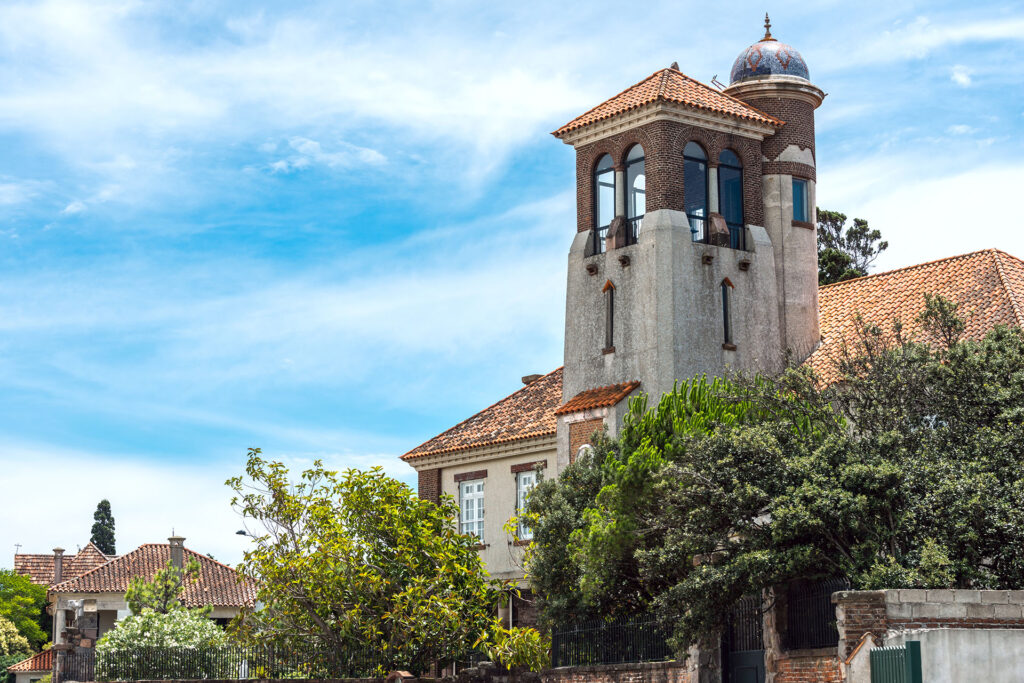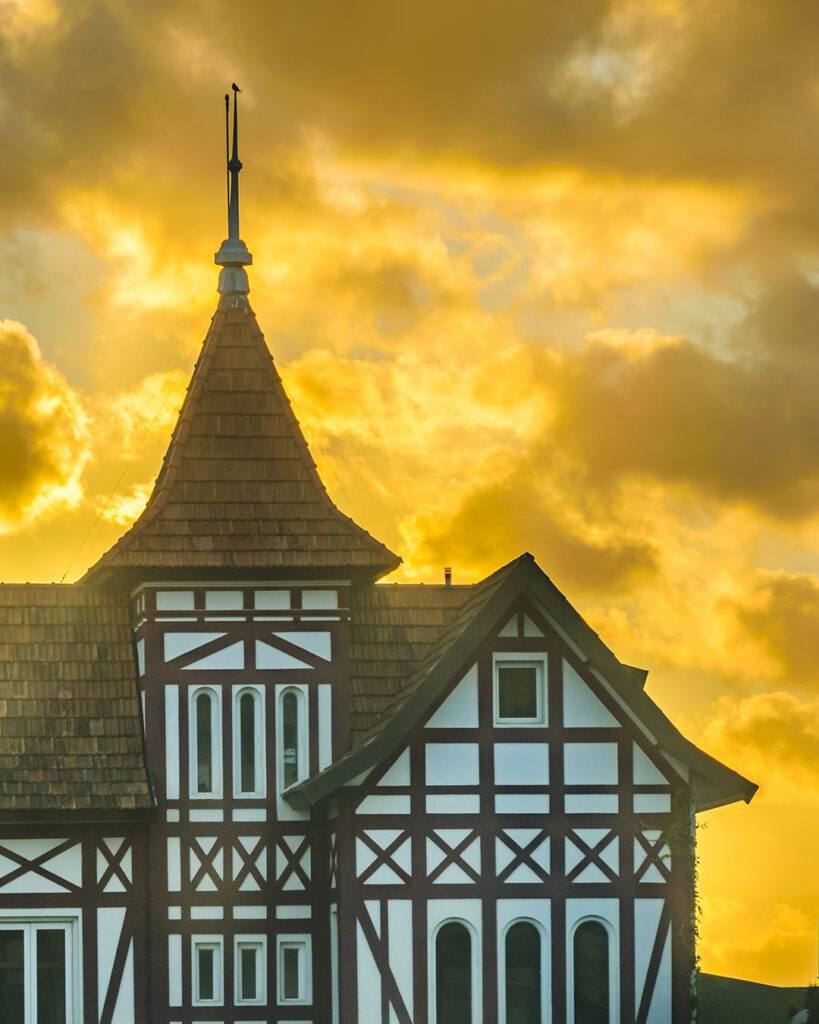Carrasco: A Garden of Elegance and Tranquility on the Banks of the Río de la Plata
Carrasco: A Garden of Elegance and Tranquility on the Banks of the Río de la Plata
A Story That Begins in 1726
The neighborhood of Carrasco, located in Montevideo, Uruguay, is a place where elegance and tranquility meet in a privileged natural setting. The history of Carrasco dates back to 1726, when Sebastián Carrasco, born in Buenos Aires and uncle of José Gervasio Artigas, received land in this newly founded area. The lands were located next to a stream, which would eventually bear his name: Arroyo Carrasco. Although at that time the region was little more than a rural area, this act of land allocation planted the seeds for what would later become one of the most luxurious neighborhoods in Montevideo.
The Dream of Alfredo Arocena and the Birth of the Carrasco Neigborhood
Almost two centuries later, in 1906, Alfredo Arocena, inspired by his travels through Europe, envisioned a neighborhood close to the sea, among fine sand dunes and wetlands. Arocena, along with other entrepreneurs, founded the "Balneario de Carrasco Sociedad Anónima" and commissioned the renowned landscaper Charles Thays to design the new spa. Thays, famous for his work in the Buenos Aires Botanical Garden and the San Martín Park in Mendoza, designed a garden-neighborhood that combined European elegance with the natural beauty of the region.
The Iconic Hotel Carrasco
The Hotel Carrasco, one of the neighborhood's most recognized symbols, began construction in 1912. The construction of this majestic building was commissioned by the "Balneario de Carrasco Sociedad Anónima," the same company founded by Alfredo Arocena and other visionary entrepreneurs to develop the neighborhood. The intention was to create a luxury hotel that would become the social center of the new spa, attracting the high society from both Montevideo and nearby Buenos Aires. The hotel's design was entrusted to French architects Jacques Dunant and Gastón Mallet, who opted for a neoclassical style that evoked the elegance and refinement of the great European hotels of the time.
The construction of the hotel, however, extended until 1921 due to a series of financial and logistical challenges. World War I affected the global economy and complicated the import of construction materials from Europe. Despite these setbacks, the Hotel Carrasco opened its doors in February 1921, quickly establishing itself as the epicenter of social and cultural life in Carrasco and a landmark for the entire region.
A Stroll Through Carrasco Today
Hoy en día, Carrasco es conocido por sus calles serenas y arboladas, sus impresionantes casonas de lujo y su vibrante vida social y comercial. La principal avenida, Arocena (anteriormente Juan Ferreira), es el corazón del barrio. Aquí, los visitantes pueden encontrar una variedad de tiendas, encantadores cafés y una amplia oferta gastronómica de gran nivel . El icónico Hotel Sofitel, antiguo Hotel Carrasco, sigue siendo un símbolo del barrio, evocando la elegancia y la historia de tiempos pasados.
Charming Corners and Historical Monuments
Uno de los lugares más bellos de Carrasco es la Iglesia Stella Maris, situada en la calle Otero y diseñada por el arquitecto Rafael Ruano en 1918. Esta iglesia es un testimonio de la rica herencia arquitectónica del barrio. Además, la calle Rostand, con su pintoresco paisaje y tranquilidad, es otro imperdible rincón.
A pocas cuadras de la avenida principal se encuentra el club de tenis, que refleja el espíritu deportivo y activo de los residentes de Carrasco.
Las caminatas por las dunas y la pesca en la playa siguen siendo actividades populares, manteniendo vivo el espíritu de los primeros años del barrio.
The Beaches of Carrasco: Beauty and Activity
The beaches of Carrasco, located on the banks of the Río de la Plata, are known for their beauty and serenity. These beaches offer a perfect escape from urban life, with soft golden sands stretching along the coast. The calm river waters are ideal for swimming and enjoying water activities such as windsurfing, kitesurfing, and stand-up paddleboarding. Beach sports like volleyball and beach soccer are also popular.
A Neighborhood in Evolution
The first houses in Carrasco, built at the beginning of the 20th century, reflected a mix of European architectural influences, especially French and English. These residences were spacious, with multiple rooms, lounges, and extensive gardens, and were constructed using both local and imported materials, prioritizing durability and aesthetics.
Today, modern constructions in Carrasco, especially those along the waterfront, represent a significant evolution in terms of design and functionality. These new constructions tend towards contemporary design, with clean lines, large windows, and harmonious integration with the natural environment. Modern architecture emphasizes sustainability, using eco-friendly materials and technologies to improve energy efficiency.
Carrasco is a neighborhood that has managed to maintain its essence over the years, combining history, elegance, and nature in a unique way. From its origins in the 18th century to becoming the most luxurious neighborhood in Montevideo, Carrasco remains a testament to good taste and quality of life. With its combination of historic and modern architecture, first-class services, and beautiful green spaces, Carrasco offers an exceptional environment both to live in and to visit.





